Your Driving Navigation App Can Now Warn You About the Most Dangerous Roads
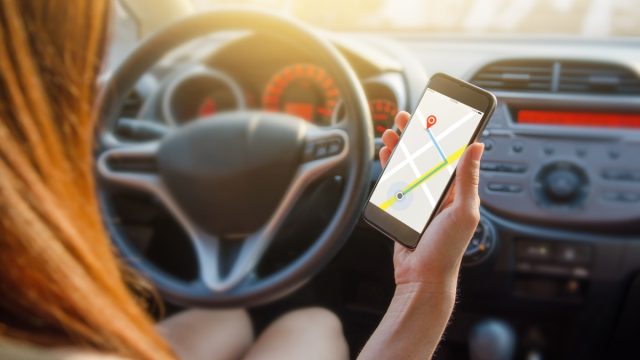
Whether you’re tech-savvy or not, it’s hard to argue with the convenience of driving navigation apps. No more tussling with foldable maps or trying to read MapQuest directions while keeping your eye on the road. You simply type in an address, select your route, and allow an automated voice to direct you on your journey. Several of these navigation apps have added features that warn you about upcoming traffic, hazards on the road, and even where police are stationed. But now, one popular app just got even more unique, as it will soon be able to warn you about the most dangerous roads on your route. Read on to learn about the latest Waze upgrade, and how it could keep you safer while driving.
READ THIS NEXT: If This Happens While You’re Driving, “Call 911” ASAP, Police Say in New Warning.
Waze already has distinct features.
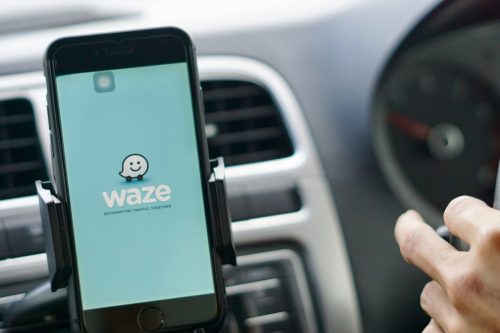
Waze stands out among the driving navigation apps, mostly thanks to its real-time updates on accidents, hazards, and closed roads. It also monitors your speed and has a useful feature that warns you when police are ahead, giving you some time to ease up on the gas if need be.
The app is owned by Google, but it’s powered by users all over the world. Put simply, Waze is a “community-based app” that collects information from all drivers that have the app open. If you have a passenger in the car, they can update Waze on road conditions, with feedback then used to provide other “Wazers” with the best route to their destination. If hazards or traffic are slowing you down, Waze will also let you know if there’s an alternate route you can take to avoid them, per Digital Trends.
This pooling of information keeps the app updated 24 hours a day, and now there’s another safety feature in the mix. According to The Verge, Waze is testing out an upgrade that will alert you if a road ahead is particularly treacherous.
You’ll soon be aware if a road has a higher crash rate.
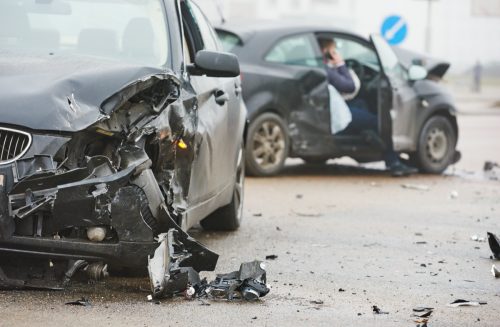
According to The Verge—citing Israeli tech blog Geektime—if your route has high-risk roads, Waze will send you a pop-up notification that reads “New alert, safer Waze…Using reports from drivers & your route, you can see alerts for ‘History of crashes’ on some roads.”
Currently, limited Waze users have access to the beta release, but since it’s already in the testing phase, The Verge predicts it will be available for the general public soon.
RELATED: For more up-to-date information, sign up for our daily newsletter.
Here’s how it works.
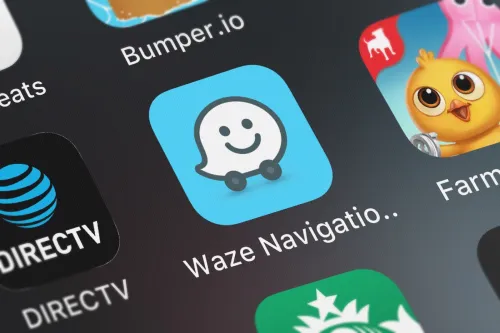
Waze traffic data is used to identify high-risk roads, which have statistically higher crash rates, The Verge reports. The roads are highlighted in red, and according to Android Police, the app will “share the length of the dangerous stretch,” so you know when and where you should be on high alert.
Geektime adds that Waze doesn’t seem to notify you if you travel on a risky road often. If it does alert you to dangerous roads, you’ll only get the one notification. According to The Verge, this is probably to avoid sending too many notifications, and to prevent unnecessary driving anxiety.
That being said, if you aren’t interested in getting these warnings at all, you can easily opt out. When the feature is live, you’ll see an option to toggle off “History of traffic accidents” under the “Notifications and reports” tab in settings, according to Geektime.
This is just one of the recent changes Google has made to Waze.
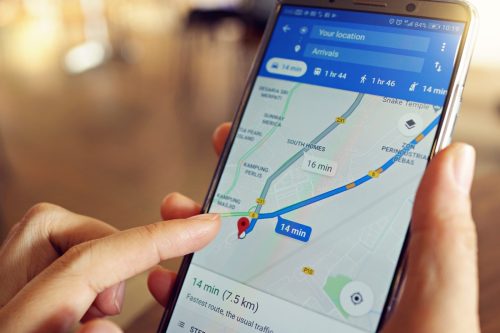
While we all anxiously await a wider rollout of this feature, Google is also making changes to other aspects of its navigation services.
Earlier this month, the company announced that Waze is now available as a “dedicated app” in cars with Google built-in. This is being rolled out in select Renault vehicles, Google said in a Dec. 6 press release, meaning that drivers will have access to all of Waze’s features directly through their car display.
In even bigger news, on Dec. 9, Google merged the teams working on its two navigation apps, Waze and Google Maps. Waze will still be a separate app, the company confirmed to the CNN, but “the teams will benefit from further increased technical collaboration.” According to The Verge, the sharing of information between the two apps may be particularly beneficial, as more user data can be used to develop new features.